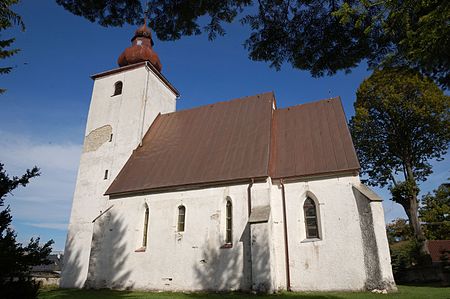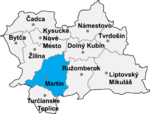Upper Hungary is the usual English translation of Felvidék (literally: "Upland"), the Hungarian term for the area that was historically the northern part of the Kingdom of Hungary, now mostly present-day Slovakia. The region has also been called Felső-Magyarország (literally: "Upper Hungary"; Slovak: Horné Uhorsko).
During the Habsburg–Ottoman wars, Upper Hungary meant only the northeastern parts of the Hungarian Kingdom. The northwestern regions (present-day western and central Slovakia) belonged to Lower Hungary. Sometime during the 18th or 19th century, Upper Hungary began to imply the whole northern regions of the kingdom.
The population of Upper Hungary was mixed and mainly consisted of Slovaks, Hungarians, Germans, Ashkenazi Jews and Ruthenians. The first complex demographic data are from the 18th century, in which Slovaks constituted the majority population in Upper Hungary. Slovaks called this territory "Slovensko" (Slovakia), which term appears in written documents from the 15th century, but it was not precisely defined and the region inhabited by Slovaks held no distinct legal, constitutional, or political status within Upper Hungary.







